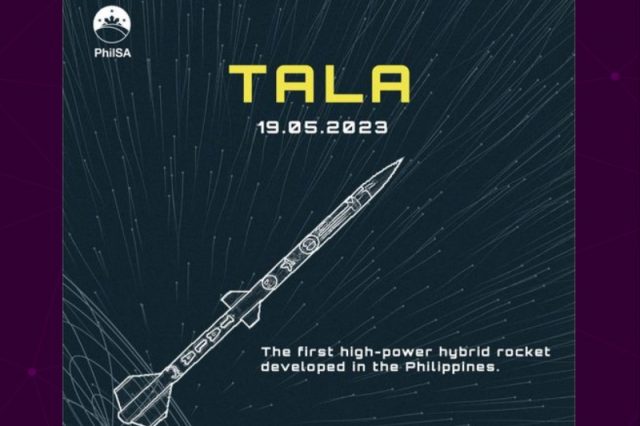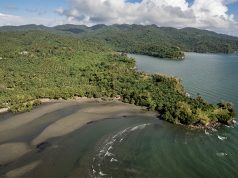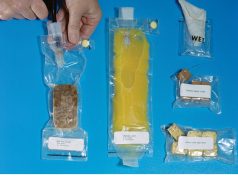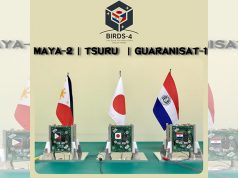
The Philippines is set to launch its first high-power hybrid rocket for a test.
The Philippine Space Agency (PhilSa) unveiled the rocket called Tala Hybrid Rocket or Tala in a Facebook post on May 15.
In the post, PhilSa said that the rocket was developed by students, researchers and their mentors at St. Cecilia’s College-Cebu.
“The Philippine Space Agency (PhilSA) has refueled the launch of TALA, the first high-power hybrid rocket developed in the Philippines by homegrown space technology researchers, students, and their mentors from St. Cecilia’s College-Cebu,” the post reads.
On its website, PhilSa explained that Tala was created using 3D-printed advanced composite materials in 2018 under the Young Innovators Program of the DOST-PCIEERD.
Tala only weighs 15 kilograms and has a height of ten feet. It is a bit small compared to the space rockets of the National Aeronautics and Space Administration (NASA).
Despite its small size, the Philippine-made vehicle has features that will enable it to go up to five kilometers into the atmosphere.
These include the following:
- Flight sensors
- A GPS
- A dual parachute deployment
- Payload system
Tala is labeled as a “hybrid” because it uses a hybrid of both solid and liquid fuel.
“Separating the substances makes shipping, handling, and storage much safer. This technology also lowers the cost of manufacturing rockets!” PhilSa said.
The organization said that Tala was supposed to be launched at the Mati City Airport in Davao Oriental in March 2020.
It was, however, postponed because of the COVID-19 pandemic.
Since early 2022, which was when restrictions started to ease, PhilSa collaborated with the Philippine Air Force Research and Development Center to refuel Tala.
The new dates for the historic test launch will take place at the Crow Valley in Capas, Tarlac on either May 19 or 20.
Tala’s mission
Tala is tasked to carry and deploy a can satellite (CanSat) at approximately five feet into the air, according to PhilSa.
Almida Plarisan, Tala Rocketry Team mentor, described a CanSat as a small or miniature satellite designed for environment data gathering.
“CanSats are simulated satellites the size of soda cans developed and used in educational settings to remotely gather environmental data through built-in sensors,” Plarisan said in a statement.
She pointed out that sending CatSats through rockets is more cost-effective than doing it via drones.
“Researchers in the country deploy CanSats through drones. Sending CatSats to higher altitudes through hybrid-propellant rockets is a cost-effective way to further enrich space research and development in the country,” Plarisan said.
In a separate post, PhilSa uploaded infographics that showed the technical details of Tala’s structure and route during its launch into the atmosphere.
The Philippines has also previously launched two cube satellites called Maya-1 and Maya-2 in the past recent years.
Maya-1 was sent to space in 2018 and flew back to Earth in November 2020.
Maya-2, the improved version of the first one, was brought to space in February 2021.
Both satellites were created under DOST’s Space Technology and Applications Mastery, Innovation and Advancement (STAMINA4Space) program.









